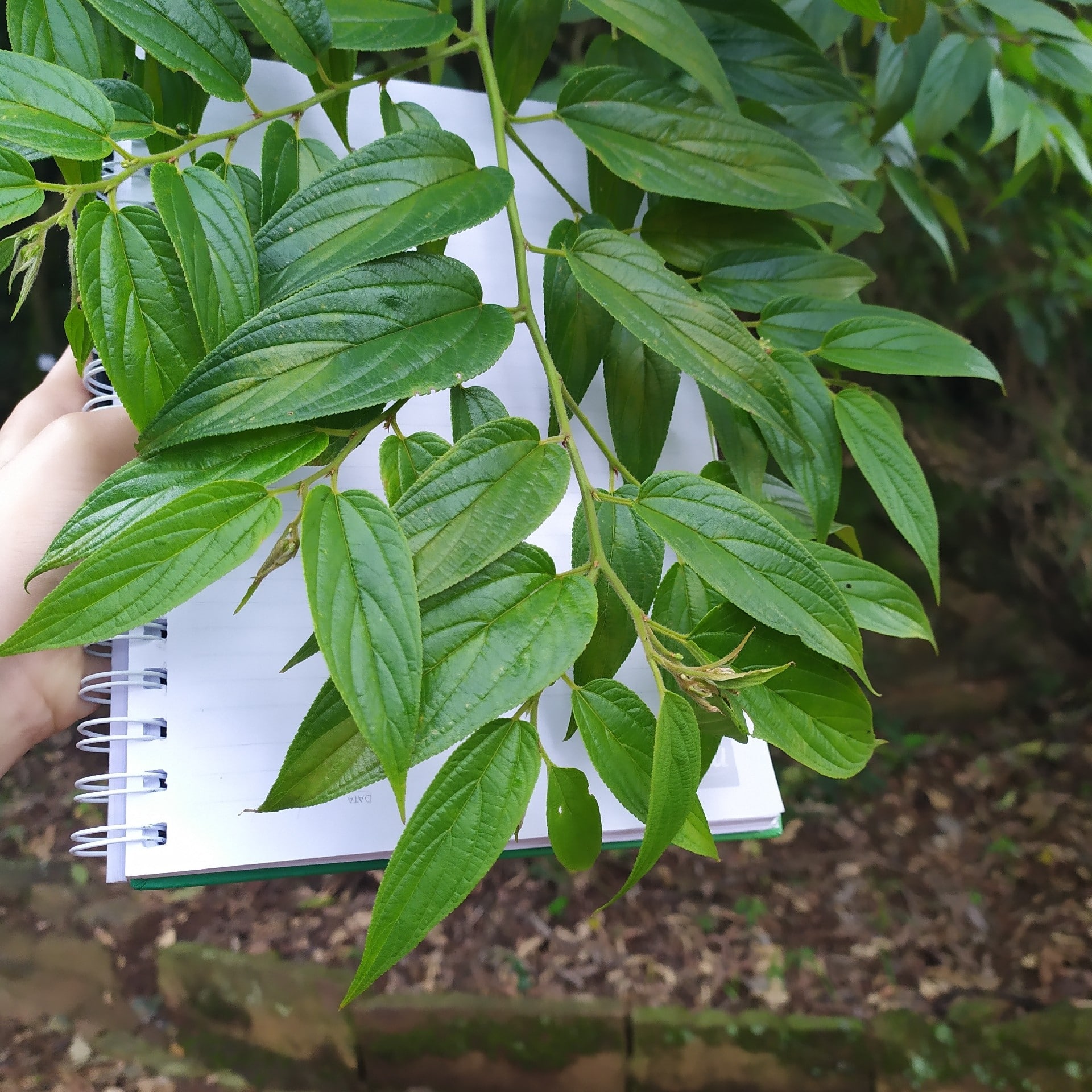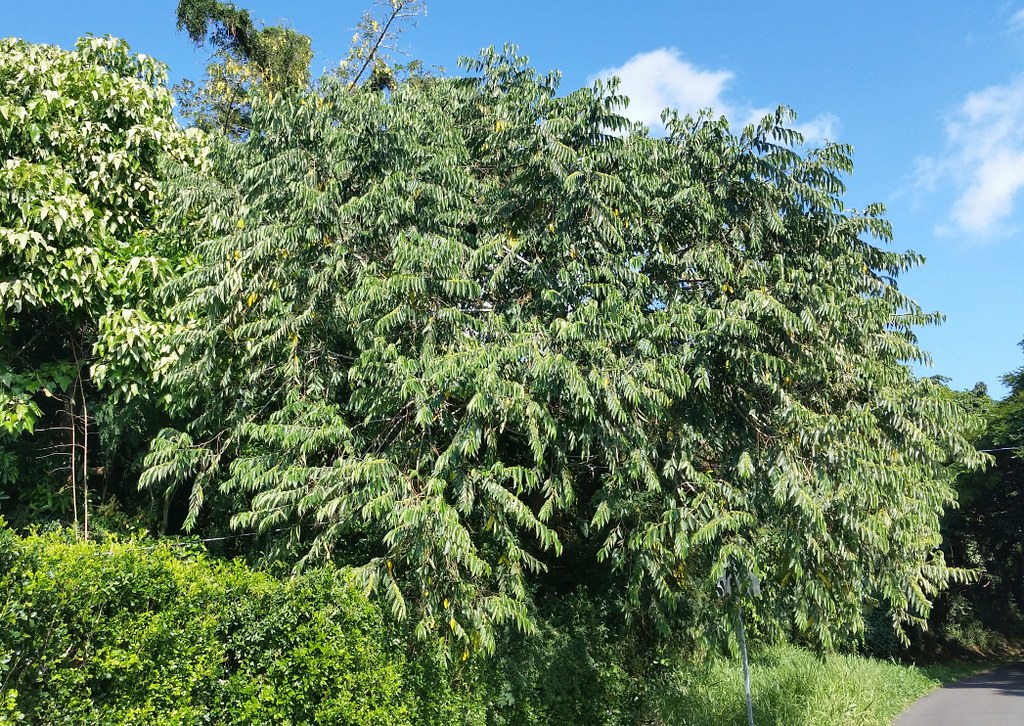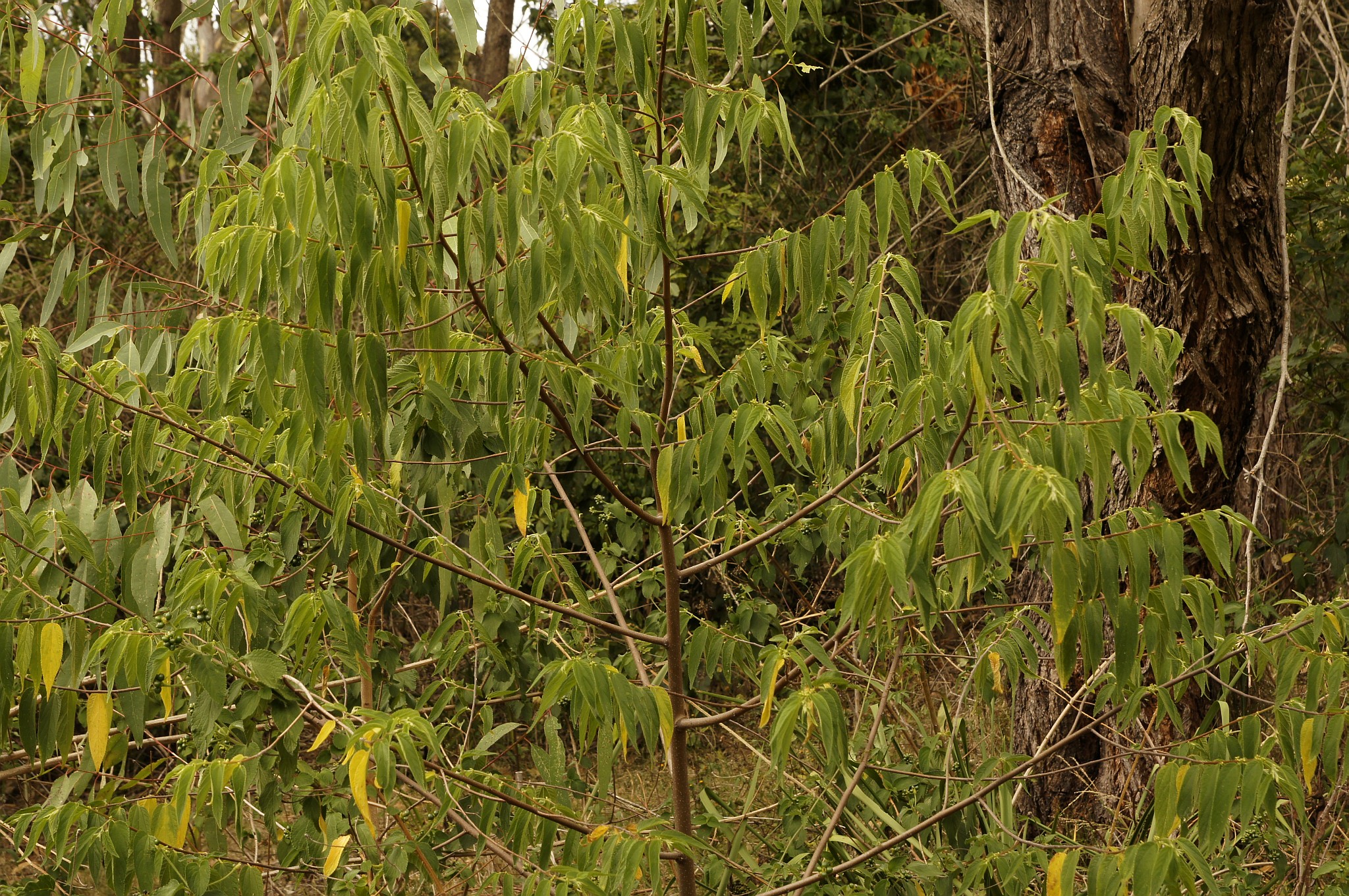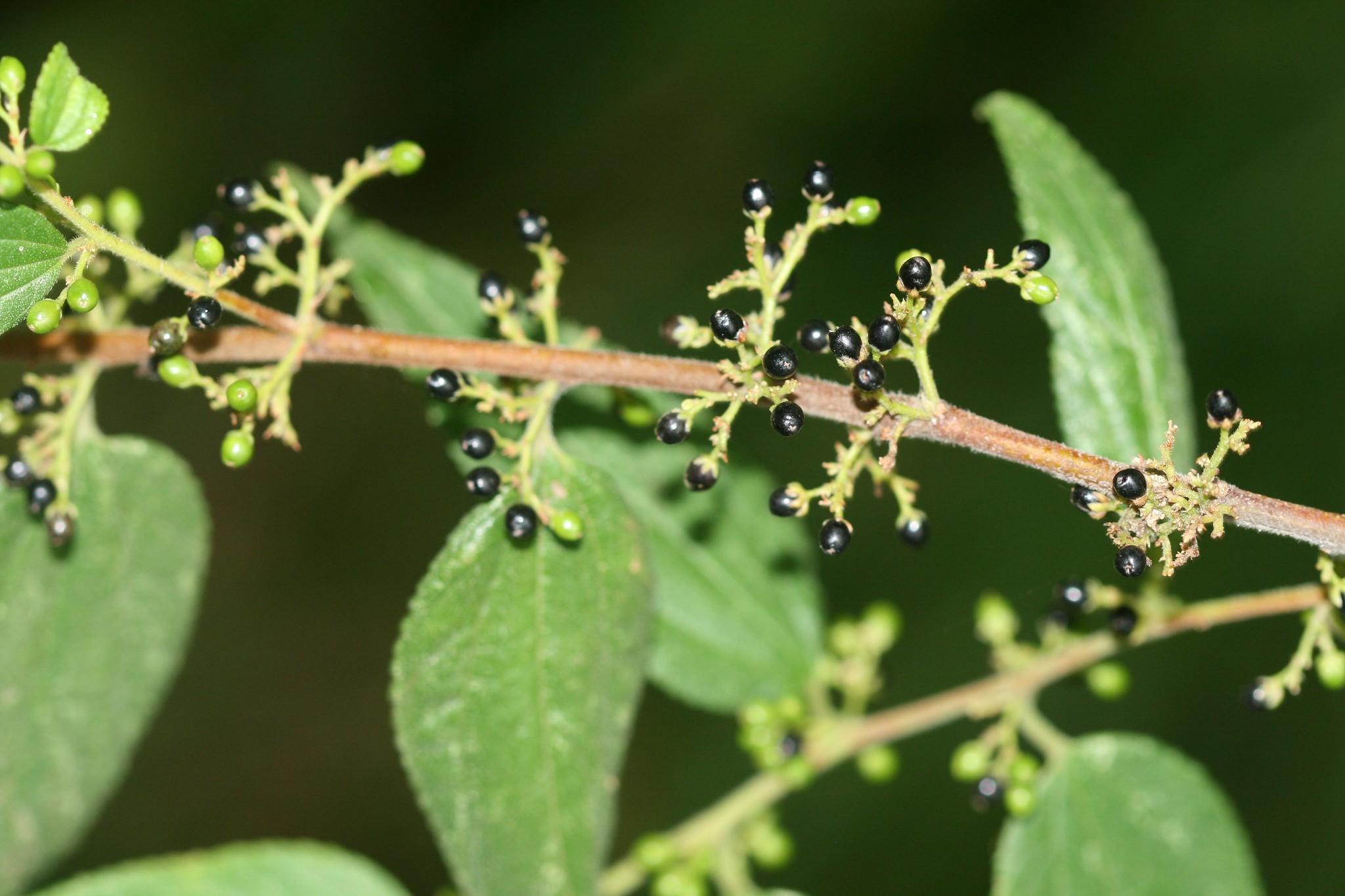
Image - Wikimedia / Alex Popovkin, Bahia, Brazil from Brazil
There are so many plants in the world that knowing them all would take us more than one lifetime. A life that as we know is limited. Therefore, when we get into gardening and / or botany, my advice is that you discover what type or types of plants you like, and that you find out everything you want to know about them. For example, if you love tropicals, you should know that one of the rarest genres is He trembles.
And it is curious because although it can pass for a common plant, it is so difficult to see it that it would not be surprising if you want to grow it in a greenhouse, or in the garden if the climate is warm all year round.
Origin and characteristics of the Trema
The botanical genus called Trema consists of about 15 species of evergreen trees and shrubs belonging to the Cannabaceae family. In the past they were included in the Ulmaceae family, since they certainly have characteristics similar to those of elms, but in 2003, and using a complex system (the APG II) to classify angiosperm plants depending on their evolution and genetics, from then it happened to be with the Cannabis, the Humulus and the Celtis, among others.
What are these plants like? Well then they can reach a height of between 1 and 30 meters. Its leaves are simple, alternate, and have a petiole (a stem that joins the leaf blade with the plant) that measures 5 to 8 centimeters. The margin is somewhat serrated, and they have a scratchy upper surface. Its trunk develops straight, with a cylindrical shape, and with hemispherical scars.
As for your flowers, they can be male or female, although both are grouped in inflorescences and are found in the same specimen, which means that the Trema are monoecious plants. The first ones measure about 3 centimeters and are pubescent; the latter, on the other hand, measure between 0,5 and 1 centimeter, and are also pubescent. Once pollination has taken place, the fruits that are ellipsoid or spherical drupes of about 3 millimeters in diameter ripen, and are red to orange when they finish their ripening process. Inside they contain very small black seeds, about 3 millimeters.
Main species
Of the 15 species that there are, we recommend the following:
Lamarckian trem

Image - Wikimedia / Sam Fraser-Smith from Brisbane, Australia
La Lamarckian trem is a tree native to the West Indies and Florida that reaches a height of 8 meters. It is usually a single-stemmed plant with a brownish-gray bark. Its leaves are 8 to 10 millimeters long.
Umlaut micrantha

La Umlaut micrantha is a tree native to Mexico, Brazil and the Caribbean that reaches a height of between 5 to 30 meters, and a trunk diameter of up to 70 centimeters. Its crown provides a pleasant shade, as it is very dense and shaped like an umbrella. The leaves are between 5 and 12 centimeters long.
trema orientalis

Image - Flickr / Wendy Cutler
La trema orientalis It is a tree known as nalite, coal tree or gunpowder tree native to tropical and southern Africa, Asia and Australia. It grows up to 18 meters in height, although in the African savannahs it does not usually exceed 2 meters. Its leaves are simple and alternate, and are 2 to 20 centimeters long.
In its places of origin, it is used as a medicinal plant, both the leaves and the bark, to relieve coughs, sore throats, or toothaches, among others.
trema tomentosa

Image - Flickr / Tony Rodd
La trema tomentosa It is a shrub or small tree native to Australia that reaches 5 meters in height. The leaves are ovate to lanceolate, 8 centimeters long. It is known as a poisonous peach tree, since the leaves are toxic to livestock.
How do you take care of yourself?
If you want to know the basic care of the Trema, note:
Location
It is preferable that they are outside, either in a garden or in a pot, and in full sun. In this way, you can ensure that they can grow well. However, if frosts occur in your area during winter, you should protect them in a greenhouse, or in a bright room, placed as far as possible from drafts.
Earth
- Flower pot: the pot can be filled with black peat type substrates mixed with 50% perlite or pumice.
- Garden: the soil must be light, porous, and fertile.
Irrigation
It will depend a lot on the weather and the location, but more or less you have to know if in your area the summer is very hot (30ºC or more) and very dry, you should water an average of 2-3 times a week. In winter, if it drops below 15ºC, you will notice that the plant stops growing, so the watering will be more spaced, since the soil will also take longer to dry.
Subscriber
While it is growing, that is, as long as temperatures remain above 15ºC, it is highly advisable to add a little compost or guano once a week or every fortnight. Thus, you will stay strong and healthy, something that will come in handy for you in winter, as you will have a better chance of overcoming it.
Multiplication

Image - Flickr / Arthur Chapman
The Trema multiply by seeds in spring-summer. These can be sown in individual pots with universal substrate, in the sun. If they are watered in order to prevent the soil from drying out, and if they are viable, they will germinate in about two or three weeks.
Rusticity
Due to their origin, Trema are tropical and subtropical plants that they cannot stand the cold nor the frost.
Did you know them?